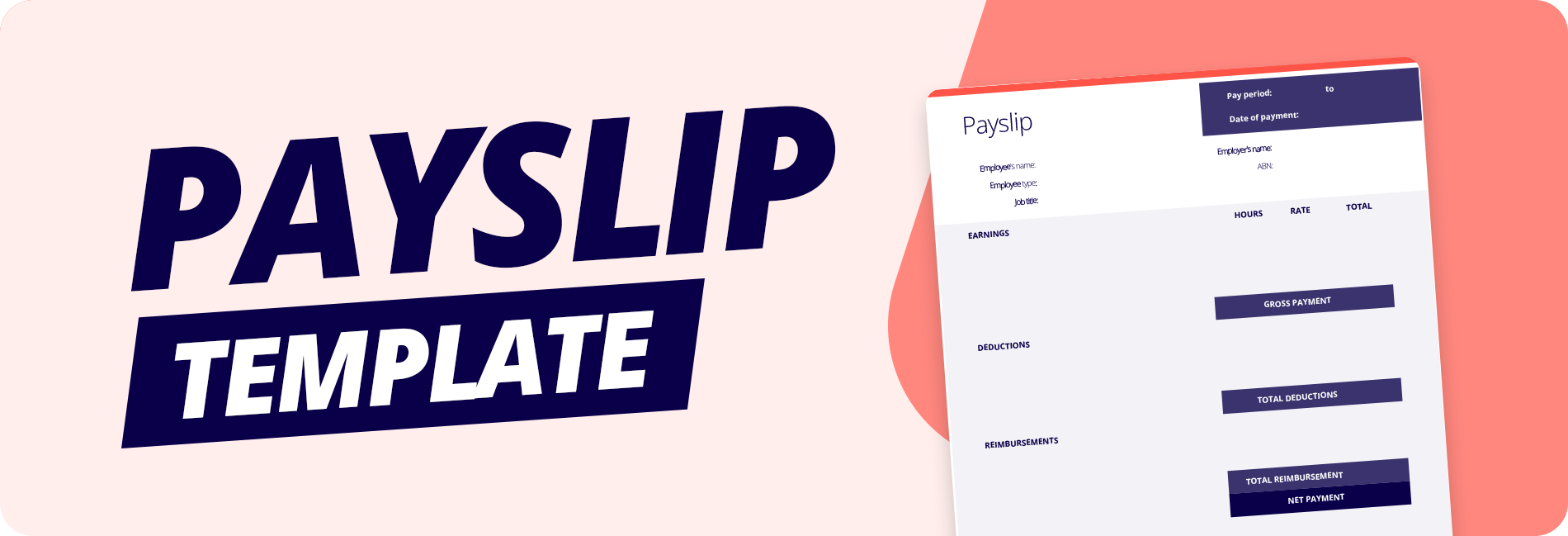Traditionally, ‘workforce management’ is a number of different processes that are designed to manage and coordinate your employees’ work schedules. It can also be used to monitor staff performance and improve health and safety in the workplace. But if you’re already a time-poor business owner, it’s easy for these things to fall by the wayside. That’s where technology can step in – so here’s what you need to know about workforce management systems and how to choose one that works for your business.
What is workforce management (WFM)?
While workforce management is most commonly associated with timekeeping and scheduling, it also gives employees the ability to request specific hours and plan their schedules, which reduces the burden on you – their employer.
It can also be very helpful in making sure you are always complying with industry regulations and work laws. Many modern WFM solutions also incorporate analytics and artificial intelligence (AI) to help businesses make smarter workforce planning decisions.
Beyond scheduling and timekeeping, most workforce management software will include features like attendance tracking, leave management, performance monitoring, and more. These tools will give you plenty of intriguing insights into workforce trends while allowing you to better predict staffing needs and tackle any potential issues before they impact operations.
How does workforce management work?
Getting workforce management right involves setting up a series of interconnected processes to ensure the right number of people with the right skills are available at the right time.
Here are some typical workforce management functions:
1. Forecasting and scheduling: Analysing historical data and using predictive algorithms to forecast future staffing needs. When done well, it helps employers create the most accurate schedules that balance anticipated workload demands without having overstaffing or understaffing issues.
2. Time and attendance tracking: Many WFM solutions include time clocks, biometric scanners, and mobile apps that let employees clock in and out hassle-free. This data is automatically recorded and then used to calculate wages, monitor attendance, and spot patterns like absenteeism or lateness.
3. Leave management: Managing employee leave requests can be a massive headache for busy owners, especially when overseeing a large staff. WFM systems take care of this by acting as a centralised platform where workers can submit their requests for holidays or annual leave. Managers can approve or deny them in-platform, and leave ‘balances’ are updated in real time.
4. Compliance management: The best WFM solutions help business owners stay compliant by automating overtime calculation and generating reports for auditing.
5. Performance management and analytics: Modern workforce management systems have advanced analytics capabilities that let employers monitor staff performance and uncover any parts of the job that need better training. With access to so much data, you can make better decisions, hopefully leading to greater productivity and more engaged employees.
Challenges of traditional workforce management
Traditional workforce management methods tend to involve manual processes, which can be time-consuming and introduce errors. Some of the most common challenges of traditional workforce management include:
● Bad timekeeping: Manual time tracking often results in mistakes with payroll processing, which can mean overpayments or underpayments.
● Lazy scheduling: Creating schedules manually can be labour-intensive and might not truly reflect your staffing needs (i.e. overstaffing/understaffing issues).
● Compliance risks: Managing compliance without technology can be very difficult. Miss even the most minor detail and you’ll increase your risk of non-compliance and potential legal issues.
● Limited oversight: Without advanced analytics, you might struggle to get the insights you need around workforce trends and performance, which can hamper your strategic decision-making.
● Unhappy workers: Poor leave management and scheduling processes will inevitably lead to more frustrated employees and lower engagement when they are at work.
Workforce management tools can overcome these issues by automating timekeeping, scheduling, and compliance processes, while at the same time delivering you with real-time data and analytics.
Why is workforce management important?
Workforce management helps businesses stay operational and comply with industry laws and regulations, and it can also make the workplace happier and more productive.
1. Create a safer workplace
A well-managed team works together to contribute to a safer workplace. How? By making sure everyone is adequately trained, rested, and scheduled at the most appropriate times to maximise their capabilities on the job.
Workforce management software can help make this a reality by tracking employee certifications, monitoring fatigue levels, and booking regular safety training sessions. Being proactive about safety reduces the risk of accidents and injuries while making the work environment safer overall.
2. Improved workforce productivity and employee engagement
The most effective workforce management systems streamline scheduling and timekeeping processes to give employees the freedom to focus on their main tasks – rather than being burdened with administrative responsibilities. Having easy access to schedules, for example, means employees can better manage their work-life balance, hopefully leading to higher job satisfaction and engagement. This, in turn, boosts overall productivity and reduces turnover rates.
3. Data collection and analysis
A modern workforce management system can collect and analyse huge amounts of data and, in turn, give you some incredibly valuable insights into workplace trends and staff performance. As the employer, you can then leverage this data to spot areas that could be improved, forecast your staffing needs for the coming weeks, and allocate resources more effectively.
4 considerations for choosing a successful workforce management system
1. Your workforce management software should have powerful forecasting and scheduling capabilities, which will let you more accurately predict staffing needs and set up the best schedules.
2. Look for workforce management software that has reliable time and attendance tracking tools. These could include biometric scanners for clocking in with a fingerprint or tracking time through a mobile app. This will ultimately help with more accurate payroll processing.
3. The workforce management system should help you comply with all industry regulations and workplace health and safety laws by automating calculations and generating reports for future audits.
4. Advanced analytics features are essential these days for you to be able to monitor your staff’s performance levels and make smarter business decisions.
Beyond these four key elements, consider the importance of a user-friendly interface. After all, the system should be easy to use for both employees and managers, with intuitive navigation and a good flow to the platform. Also, make sure the system can scale with your business as it grows and accommodates a larger number of workers.
Don’t overlook its integration capabilities. The right WFM system should easily link up with other business tools like payroll software and HR management systems. Look for a solution that lets you customise features and settings to match your specific business needs.
Finally, read up on your preferred platform’s level of customer support. Having reliable customer service could be the difference between a problem getting fixed straight away and a minor issue snowballing into an expensive debacle.
Improve workforce management processes with Reckon
Reckon is a way to do much more than just manage your business accounting. With a full suite of apps in the Add-On Marketplace, you can find integrated solutions that will streamline all parts of your small business. There are even workforce management solutions like Wageloch, which includes features like electronic rosters with access to staff budgets and qualifications, flexible biometric clocking options, automated custom timesheets, easy reporting tools and leave management.
Integrating a complete workforce management solution like this means you can spend less time juggling multiple tasks and more time growing your business.
Ready to roll out the most effective workforce management strategy for your business? Now that you know the fundamentals of WFM and how to choose the right system, you can start streamlining your operations and make smarter, data-driven decisions.
























